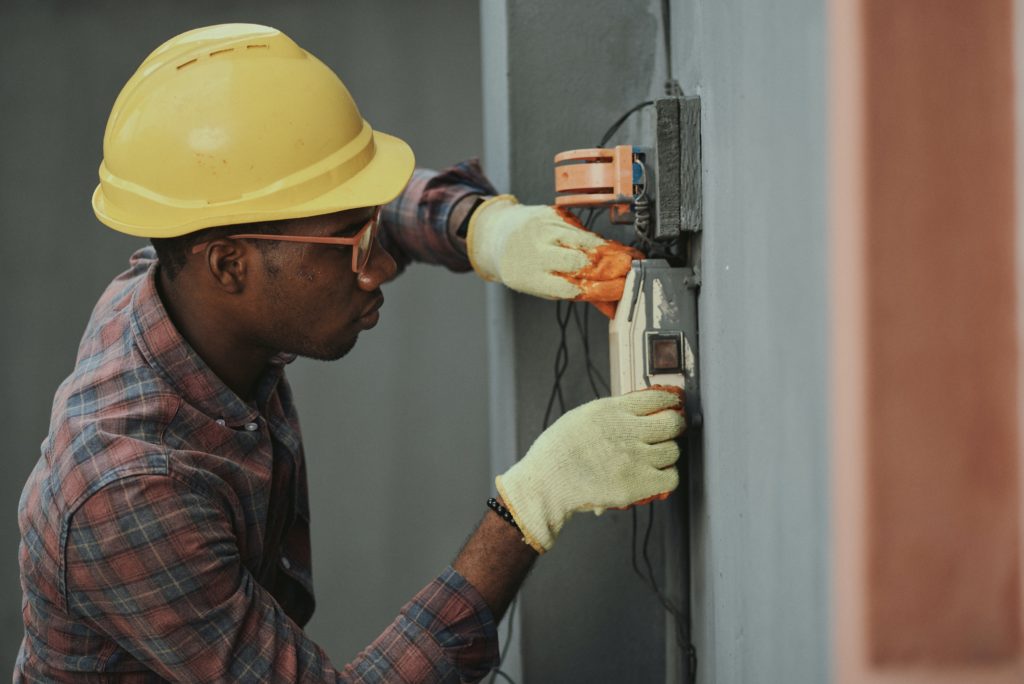
Everyone needs a tune-up.
Are your building occupants comfortable? Most believe that if they are, the building is well-run. But is it running efficiently?
Building Re-tuning (BRT) will answer that question, system by system, and save the average building 14%.
In BRT Coaching, we coach operators to find opportunities for improving operations – both toward comfort and energy efficiency. This is not an outside consultant optimizing your building, this is you optimizing it yourself with a guiding hand. And that means persistent savings.
This is not just training. It’s coaching. It’s customized, and it works.
BRT in Detail
Originally developed by the Pacific Northwest National Lab, BRT is a protocol for energy optimization and monitoring to improve building performance. BPL is proud to be a partner with PNNL in broadening its reach in the NYC market.
The concept behind BRT is that just as a car owner would periodically “tune-up” an automobile, facility managers can likewise “tune-up” buildings for optimal and consistent performance. Most large commercial buildings use sophisticated building management and control systems (BAS/BMS) to manage HVAC and other building systems. Using trend-log data collected from the BAS, BRT allows users to identify operational problems that are causing energy waste by graphing actual operational data and comparing it against expected or previous conditions. This makes it possible to get a clearer sense of how the facility is performing “behind the scenes” — almost like looking at an x-ray of the building.
BRT emphasizes low-cost and no-cost operational improvements – most of these are implemented through the building control system at no cost other than the labor required to perform the re-tuning process, and may also include minor repairs such as replacing faulty sensors. Small improvements such as these can lead in some cases to energy savings of up to 20% – visit the PNNL Building Re-tuning website to read more, or click on the links below to read case studies about how these facilities have achieved significant energy savings through BRT:
Course Overview
The CUNY BPL’s BRT training provides 15 hours of classroom instruction plus a facility-based project that is aimed at advanced building operations, helping management professionals, energy managers, energy service providers, and others in related fields. Course topics include:
- Objectives and implementation of the Building Re-tuning process
- Identifying systems for re-tuning and the associated data requirements
- Setting up trend logs and graphical plots
- Learning how to interpret graphical representations to diagnose common system operating faults
- Planning for a long-term building operations improvement process
The facility-based project focuses on the implementation of an actual re-tuning process in the participants’ buildings, with corresponding weekly assignments that walk students through the process step by step. In order to complete the final project and be able to gain the most from the course, it is strongly suggested that participants should have access to a BAS or otherwise be able to obtain BAS trend log data. For participants who may not have a lot of experience using their facility’s BAS, the CUNY BPL’s BRT Internship Program can provide support to participants in obtaining trend log data.
Learn more about the course in a recorded webinar presented by Paul Reale, BPL Senior Technology Project Manager – and resident BRT expert.

Continuing Education Credits

The BRT training was recently approved to provide continuing education credits/hours for the following:
- 15 Maintenance Points for renewal of the BOC credential
- 15 Professional Development Hours (PDHs) for PE’s
- 15 GBCI Continuing Education Hours (CEs) for LEED AP’s
- 15 Continuing Professional Development (CPDs) for BOMI graduates